Australia So Much to See


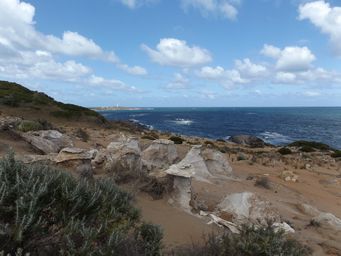
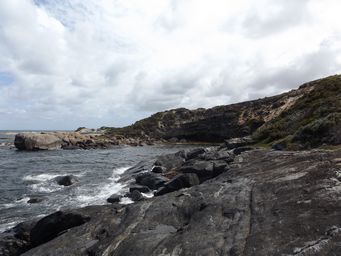
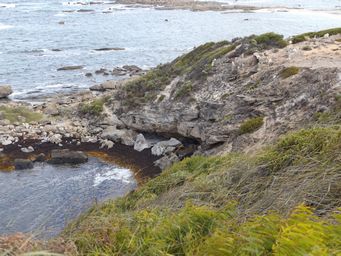
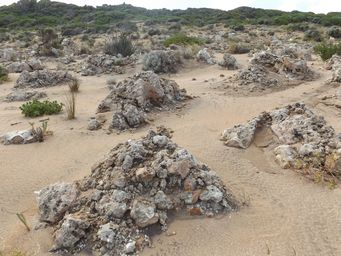
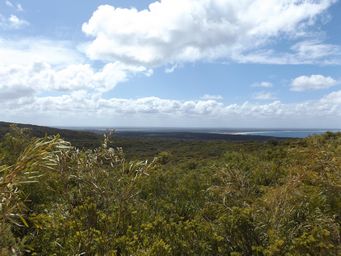
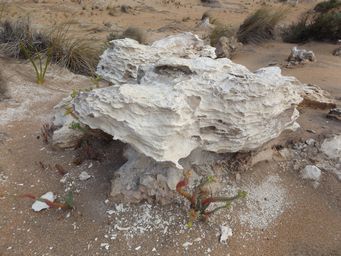
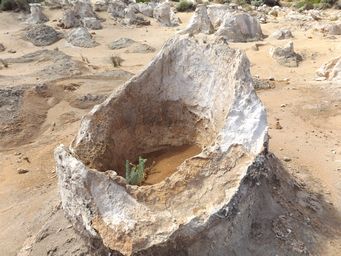
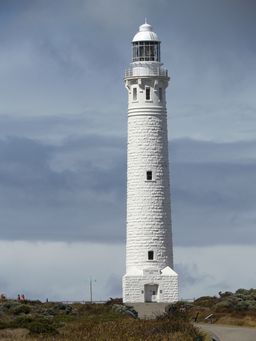
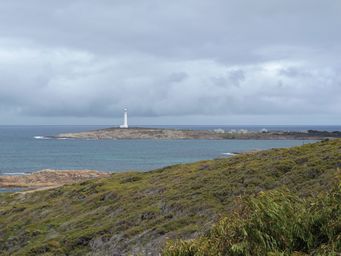
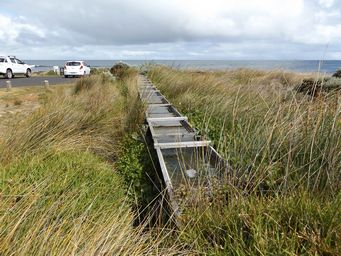
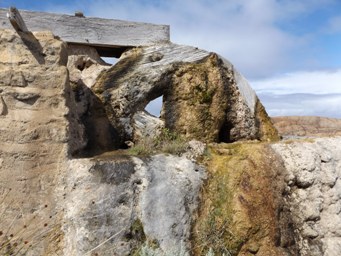
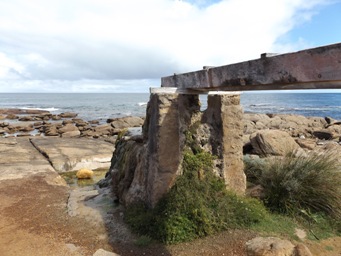
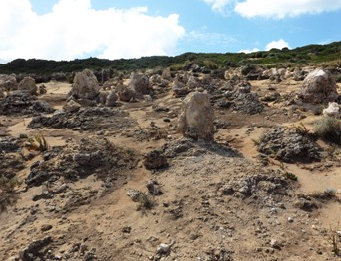
Cape Leeuwin, the petrified water wheel, and adjacent coastline
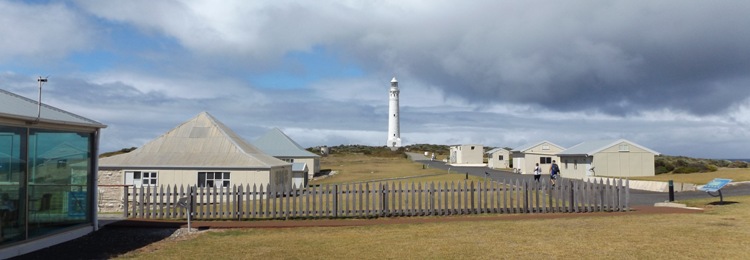
Cape Leeuwin Lighthouse was constructed 1895, and at 39 metres high it is Western Australia’s tallest lighthouse, and the tallest mainland lighthouse. The tower has seven floors and 186 steps.
The tallest lighthouses in Australia are the 48 metre Cape
Wickham lighthouse on King Island off Tasmania in the Bass Strait and the Gabo Island lighthouse in the Bass Strait off
Victoria at almost 47 metres.
The coastline near the Augusta area was first sighted by Europeans in March 1622 when the Dutch East India Company ship Leeuwin (Lioness) mapped and named the land 't Landt van de Leeuwin (Leeuwin’s Land). In 1801 Captain Matthew Flinders named the south-western, and most projecting part of Leeuwin's Land as Cape Leeuwin.
To visit the lighthouse or just to walk around the precinct now requires payment of an entry fee, and this provides an audio to guide you through the walks. # See maintenance closure of the lighthouse.
References: Wikipedia and Shire of Augusta Margaret River
Cape Leeuwin lighthouse was manually operated until 1982 by a clockwork mechanism and kerosene burner, one of the last in the world. The original light source was kerosene wick lamp, then the world's largest, revolving in mercury bath. This light had an intensity
of 250,000 candelas and was visible for 40km.
In 1925, the light was upgraded to vapourised kerosene with a mantle, giving a
light intensity of 780,000 candelas.
In 1955, a radio beacon was installed.
In 1982 the lighthouse was converted
to electricity. The new 1,000 watt halogen lamp increased the candelas to 1,000,000. This light was automated in September
1992.
Cape Leeuwin is the south-western most point of Australia, where the Indian Ocean meets the Southern Ocean.
The water-wheel system was built in 1895 to supply water for the stone masons of the lighthouse (Wishart and Davies) and water to
the lighthouse-keepers' cottages. The water is supplied by a natural fall from a spring that exists in marshland approximately 330
metres away, which in turn created a flow over the wheel which revolved and activated a ram pump to deliver water by pipe to the lighthouse
area.
It probably delivered about one litre (wasting eight litres) every stroke, but it operated continuously day and night.
The wheel became encrusted with a coating of limestone and is now frozen in rock.
Restoration work was carried out on the waterwheel during 2001 by Doug Miller, who is a member of the Augusta Historical Society.
To maintain the needed levels of water, work was done to alter the aqueduct/flue channel using donated materials from businessman
Brian Webster and donations from the Lions Club. With this assistance, the Historical Society was able to complete the restoration
work at no cost to itself.
Because the level of the spring has subsided over the years, the water is now electronically pumped
to the end of the Aqueduct. You can see how the water flows over each section/filter of the aqueduct and eventually flowing over the
stationary wheel creating a lovely waterfall. The lighthouse is still being supplied water from the spring, but through mains pipes
now. A dam at the spring supplies water to the town of Augusta, although this is now supplemented from other bores.
Skippy Rock Road loops from Leeuwin Road near Cape Leeuwin back to Leeuwin Road just north of the Boat Harbour. This is through
the southern end of the Leeuwin-Naturaliste National Park.
From the Cape end, a two wheel drive accessible track goes to Quarry
Bay, where the limestone blocks used for building the Cape Leeuwin Lighthouse were cut, with a small beach between the rocky cliffs.
The Cape to Cape walk trail between Cape Leeuwin and Cape Naturaliste, and incorporates the beach at Quarry Bay.
A little further north, there is an easy track to the Skippy Rock car park. Steps go down to the rocks. To the north, the limestone has been undercut forming sea caves. There are good views to the lighthouse from Skippy Rock.
A vantage point further north east along Skippy Road give an expansive view across Augusta townsite to the Hardy Inlet, and the adjacent bay where the inlet waters flow into the sea.
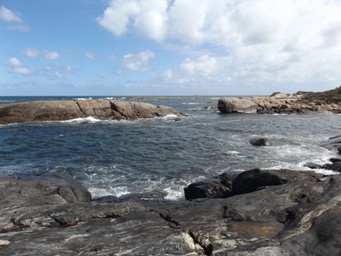
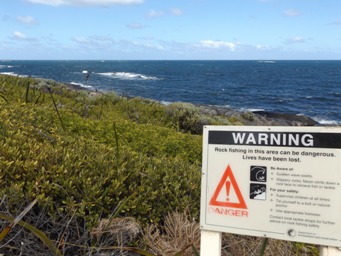
There are signs warning of the dangers of rock fishing (above), to be aware of sudden swells, slippery rocks, and to anchor yourself to rocks or provided bolts. There is also a map of where to find the provided anchor points.
Even on a calm day,
the water is surging through the rocky channel (at left).
A crumbling sea cave has been eroded by the force of water (below left and below).